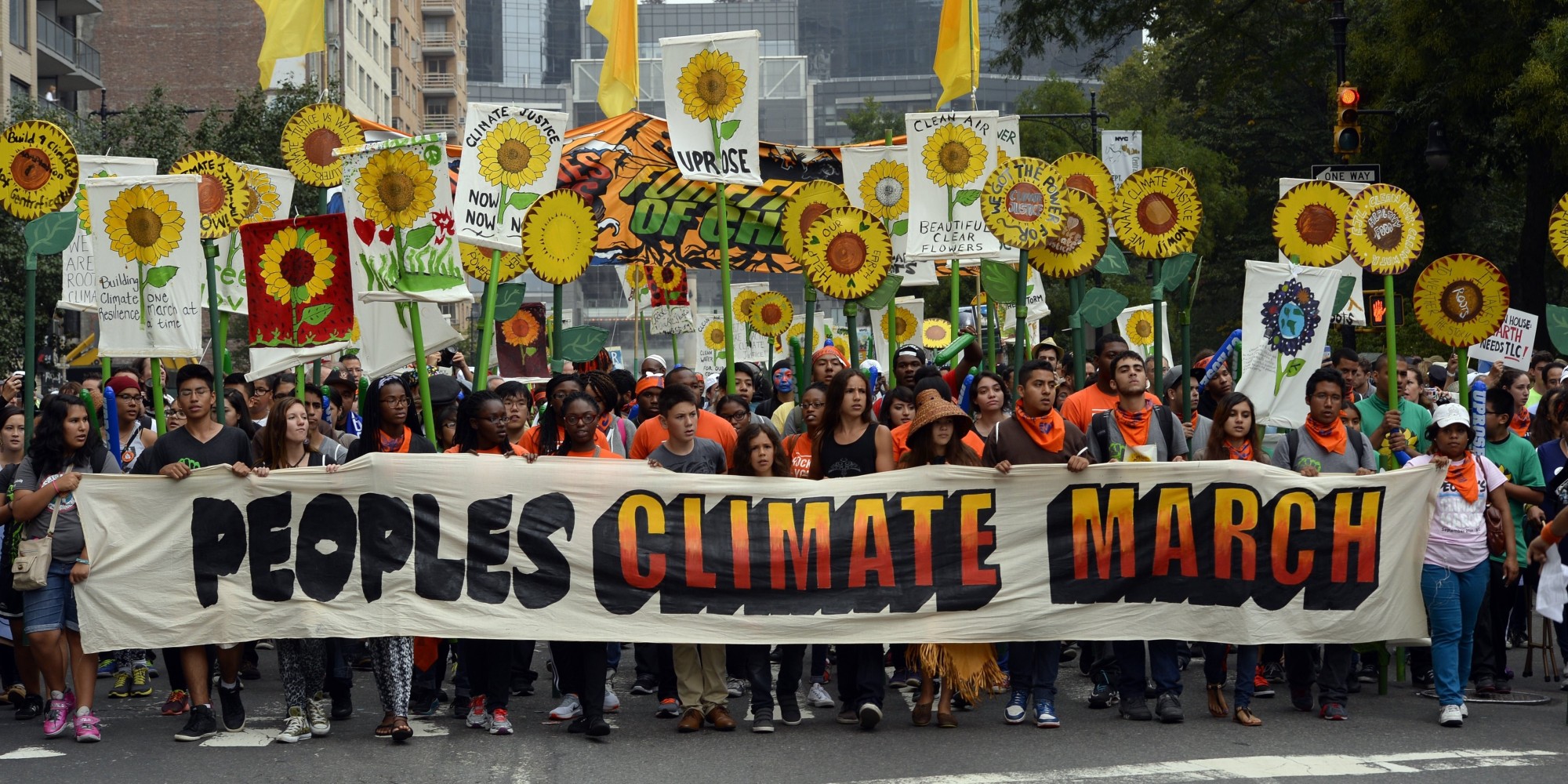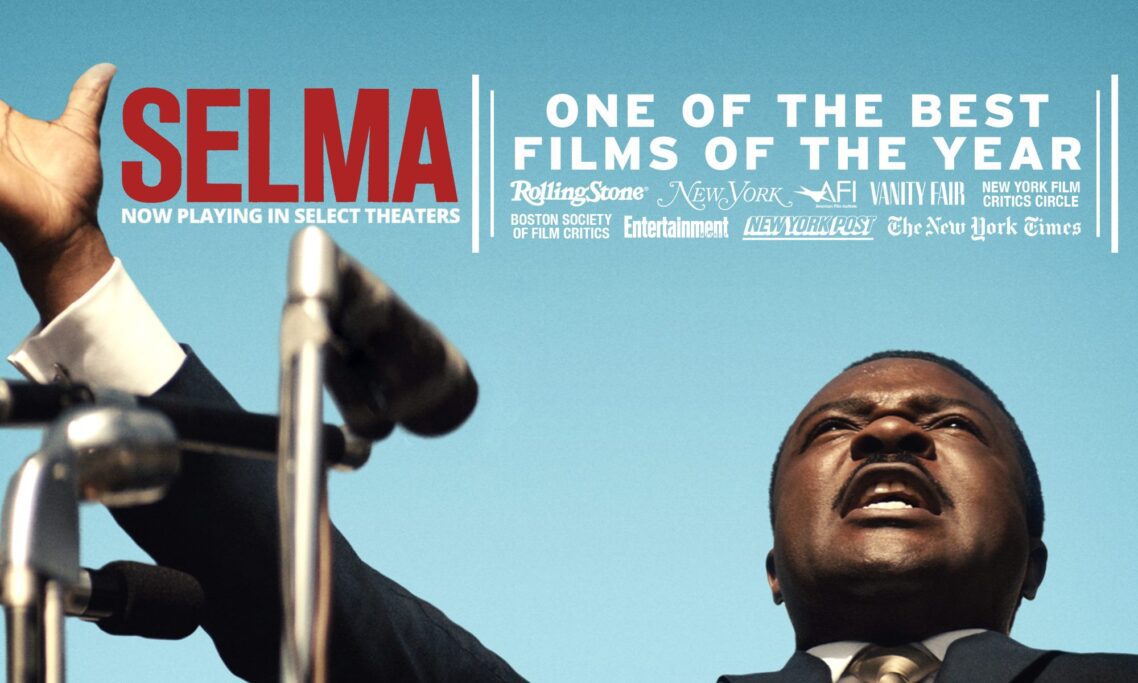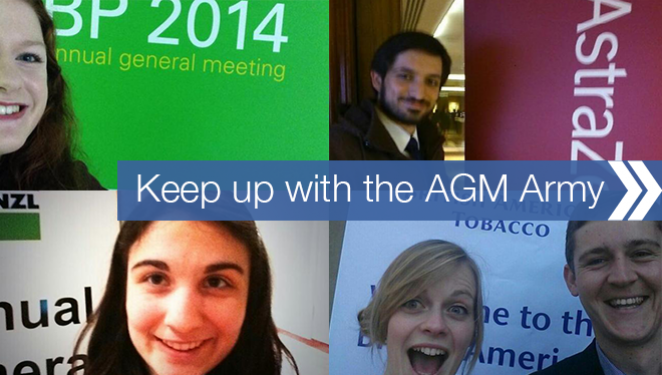If you take nothing else from this post. Go see the movie Selma.
I promise you its the most powerful film you’ll see this year, and a ‘must watch’ for anyone interested in how change happens.
Much has been written about Martin Luther King and the Civil Rights Movement, but walking out from seeing Selma I was struck by a few lessons that should resonate for all campaigners;
1 – You can’t go alone – The film centres on the leadership of Martin Luther King, played brilliant by David Oyelowo, but throughout the film you see the importance of the role of the other leaders of the Southern Christian Leadership Coalition (SCLC). When wrestling over strategy, training the movement or negotiating with those in power, your reminded that although Luther King led the movement, he was ably supported by individuals like Abernathy, Lewis and Young. He need these companions to support him both strategically and spiritually as leader.
2 – You need to build your movement – In preparation for seeing the film I’ve been enjoying Taylor Branch’s ‘Pillar of Fire’, its a brilliant history of the Civil Rights Movement, and while the film touches on the work of the Student Nonviolent Coordinating Committee (SNCC), the book is reminder of the work that happened in places like Selma, Greenville, and elsewhere across the south, it was SNCC and others who worked to register voters and build consciousness amongst black communities. For movements to have moments like the marches in Selma you need to be committed to the hard work of organising before them.
3 – Have your second (and third) act planned – The film shows what strategic mastermind that King was, as he prepares for the Selma to Montgomery marches, he knew that his presence would draw nationwide media coverage. While the film doesn’t shed light on if the outcome of the Bloody Sunday march, where marches were viciously attacked by the local Police and State Troopers, could have been predicted, it’s clear that King was aware that he would need to call a second march (known as Turnaround Thursday) to increase the pressure on President Johnson and show the resolve of the movement. To often campaigns plan for the big moment but don’t think what they’ll do next.
4 – Capitalise on your opponents mistakes – As King explains why he’s moved the campaign to Selma, their is an interesting dialogue about why the campaign had ‘failed’ in Albany, Georgia, because local Police Chief, Laurie Pritchett, had studied the non-violent principles and developed a strategy to response which had muted the effectiveness of the movement, and the expected response of Selma Sheriff, Jim Clark, who they anticipated would respond in the violent way he did, helping to gain attention for the campaign. Throughout the film you see how Luther King sought to understand his opponents and exploit their weaknesses. Like a Judoka, he skilfully ‘throws’ his opponents using their power/strength.
5 – Use all the tactics available to you – While the film centres on the marches in Selma as part of the push to get the Voting Rights Act, through the film you also see how Dr King and the SCLC used a range of tactics available to them to put pressure on President Johnson to push the Act through Congress, from legal challenges, media, use of celebrities, to building diverse coalitions, although the SCLC focused on mass mobilisation, it sought to use all the approaches available to it.
Tag: tactics
Winning in 2014 – 7 great campaigns from the last year
Owen Jones is spot on, 2014 is the year that grassroots campaigns like E15 Mums have taken on the powerful and won, but here are a few of the other campaigns that have impressed me in last 12 months.
1 – AGM Army – Share Action – this small team are building an army of shareholder activists who are become the scourge of corporates, with their AGM Army turning up at annual meetings across the year, calling on Tesco to commit to a Living Wage to asking Greggs about animal welfare, I love how they’re taking a campaigning approach that has existed for year, and with digital tools and good old fashioned training helping to show that the simple act of owning a share gives huge influence. This article is a great summary of what they’re doing.
2 – Towns Against Tax Dodging – Action Aid – I’ve had a long-held admiration from the innovative and creative approach that the team at Action Aid take, from tax to biofuels, I get excited when their latest mailing arrives on my doormat, I love their smart campaigning thinking about new targets and approaches, rather than simply focusing on the traditional trinity of MPs, Whitehall and the UN. The recently launched Towns Against Tax Dodging is a brilliant way example of this.

3 – Rainbow Laces – Stonewall – Off the back of a huge victory on Gay Marriage last year, you might have expected them to take some time to reflect on what’s next (although if you know any of the team you’d have known that was unlikely to be the case, instead they come back with innovative new campaigning , like Rainbow Laces, focusing on kicking homophobia out of football, partnering with Paddy Power to send laces to every Premiership team. The ability to bring the voices of well known brands into their campaigning is seriously impressive.
4 – Unmute – Which – I’m continually impressed by the tone and approach of the campaigns from an organisation focused on being a consumer champion. They mix it up with a range of approaches, for example with the Unmute campaign which mobilised 50,000 to unlock a exclusive track from George The Poet, unlike many organisation that has been campaigning for years, they seem to have been able to adapt their approach to mirror the membership and consultation approach that has been pioneered by digital platforms.

5 – People’s Climate March – 350.org – one of the organisations behind the People’s Climate Marches in September which seem to have reenergised the climate movement. I’ve been a long time fan of the approach which seeks to blend the best of community organising and digital activism across so many countries.
6 – Stop TTIP – 38 Degrees – perhaps a predictable choice, but I’ve been seriously inspired by the way that they’re building an organisational model that takes the best of their digital platform and allows them to mobilises offline as well as quickly online. Getting 10,000 people out in September to campaign on TTIP is just the latest example of this approach, it’s easy to be critical of ‘clicktivism’ but they’re showing that the approach can be used to do so much more.
7 – Space for Cycling – London Cycling Campaign – who used local elections in London back in May to target candidates with ultra-local campaign asks sourced from their supporters for each of London’s 629 election wards, an impressive achievement combined with a brilliant website, helping to ensure their asks got traction with candidates across the capital.
Great free daily organising tips from @neworganizing Institute
 I’ve just signed up to get ‘Tip of the Day’ from the New Organising Institute. They’re based in the US and every weekday they send a free tip about organising, many of which would be relevant to campaigners in the UK. How brilliant is that?
I’ve just signed up to get ‘Tip of the Day’ from the New Organising Institute. They’re based in the US and every weekday they send a free tip about organising, many of which would be relevant to campaigners in the UK. How brilliant is that?
This is my favourite so far (which I’ve reproduced in full to illustrate how brilliant they are*). I can’t encourage you enough to sign up for the tips….
The difference between goals, strategies and tactics by Nick Gaw
I see so many campaigns get excited about a new tool, and then use it without considering how it impacts their strategy. There are some really sexy organizing tools out there. In the midst of some amazing innovation, it can be all too easy to get excited about using a particular tool and forget to think about where it fits in to the grand scheme of your primary objective. Unless you can use it to reach your goal, it’s not worth spending time and money on. So, here’s an example to demonstrate the difference between goals, strategy and tactics.
Your Goal: Getting backstage at a Justin Bieber concert.
Possible strategies, with accompanying tactics bulleted:
Strategy 1. Become friends with Justin Bieber’s mom
- Join her book club
- Join her church
- Get your mom to introduce you
Strategy 2. Get Justin to notice you from on stage and invite you back
- Procure front-row tickets
- Coordinate posters and outfits among other attendees
- Throw something attention-getting onstage
Strategy 3. Become friends with the bouncer
- Dress in a way that he notices
- Buy him beer
- Date his best friend
Notice that the tactics for each strategy are unique, specific, and don’t fit any of the other strategies. If you can stay committed to your goal, put creative strategies into place, and use tactics that are effective in your specific situation, you’ll be in good shape!
And remember, if a tool or tactic helps you implement your strategy to reach your goal, you should use it (Justin Bieber’s mom probably appreciates a nice young person in her book club). If it doesn’t, then it’s only going to be a distraction (throwing something attention-grabbing on stage at her church is probably counter-productive).
If a tool fits your strategy and tactics, use it! But make sure you know why you’re using it, and how it benefits your work.
Go to http://neworganizing.com/tag/noi-tips/ for more and to sign up.
* if you’re from the wonderful folk at New Organising Institute, firstly thanks and secondly let me know if you don’t want this tip to be published in full here…

